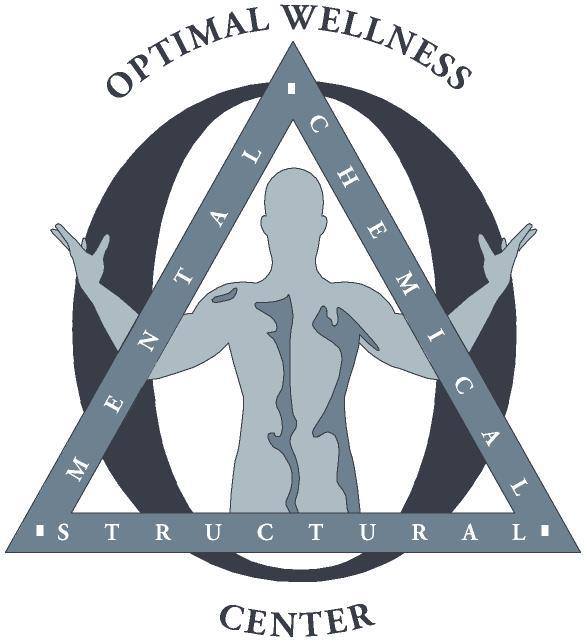Understanding Bulging Disc and Muscle Spasms
Bulging and herniated discs are common spinal conditions that can trigger debilitating symptoms, including muscle spasms, back pain, and nerve-related discomfort. Understanding these conditions, their causes, and available treatment options can empower you to make informed decisions about managing your spinal health.
The Connection Between Bulging Discs and Muscle Spasms
A bulging disc occurs when the outer layer of a spinal disc, the annulus fibrosus, weakens, allowing the disc to extend beyond its usual boundaries without rupturing. This protrusion can press against nearby spinal nerves, causing:
Pain in the back, hips, or legs.
Muscle spasms as the body attempts to stabilize the affected area.
Similarly, a herniated disc develops when the inner gel-like core of the disc, the nucleus pulposus, pushes through a tear in the outer layer. This condition can lead to more severe symptoms, such as:
Radiating pain along the affected nerve.
Tingling, numbness, or weakness in the arms or legs.
Persistent muscle spasms due to nerve irritation.
Why Do Discs Cause Muscle Spasms?
When a disc bulges or herniates, it often compresses nearby spinal nerves. This compression sends abnormal signals to the surrounding muscles, causing them to contract involuntarily. These muscle spasms are the body’s natural response to protect the spine, but they can exacerbate pain and reduce mobility.
Key Risk Factors
Both bulging and herniated discs share similar risk factors, including:
Age: Natural wear and tear can weaken spinal discs.
Poor posture: Misalignment stresses the spine and increases disc vulnerability.
Obesity: Excess weight places additional strain on the spine.
Improper lifting: Using incorrect techniques can add pressure to spinal discs.
Sedentary lifestyle: Weak core muscles provide less support to the spine.
Symptoms to Watch For
While symptoms vary depending on the severity and location of the disc issue, common signs include:
Localized pain: Typically in the lower back or neck.
Radiating discomfort: Shooting pain down the legs or arms (sciatica).
Muscle spasms: Stiffness or sudden, involuntary contractions.
Numbness or tingling: Especially in the limbs.
Weakness: Loss of strength in the affected area.
If you experience bowel or bladder dysfunction, or numbness around the groin area, seek immediate medical attention. These may indicate cauda equina syndrome, a rare but serious condition.
Diagnosis
A doctor will typically assess your symptoms and medical history before conducting diagnostic tests, which may include:
X-rays: To identify structural abnormalities.
MRI or CT scans: To pinpoint the extent and location of disc damage.
Electromyography (EMG): To measure nerve activity and detect nerve compression.
Treatment Options
1. Conservative Approaches
Rest and Ice/Heat Therapy: Reduce inflammation and relieve spasms.
Medications: NSAIDs for pain and inflammation, or muscle relaxants for spasms.
Physical Therapy: Strengthening and stretching exercises to improve mobility and support the spine.
Chiropractic Care: Gentle spinal adjustments to alleviate nerve pressure.
Massage Therapy: Relaxes tense muscles, improves circulation, and alleviates pain caused by spasms or nerve irritation.
2. Advanced Therapies
Shockwave Therapy: Stimulates tissue repair and reduces inflammation.
Spinal Decompression: Non-surgical traction to relieve nerve pressure.
3. Injections
Epidural Steroid Injections: Reduce inflammation and provide temporary relief.
4. Surgery
Reserved for severe cases, surgical options like microdiscectomy or spinal fusion may be necessary when non-invasive treatments fail to provide relief.
Preventing Bulging and Herniated Discs
Although aging and genetics play a role, you can minimize your risk by:
Maintaining proper posture.
Engaging in regular, low-impact exercise.
Strengthening core muscles to support your spine.
Using ergonomic equipment at work and home.
Lifting objects with proper technique.
When to Seek Help
If you’re experiencing persistent back pain, muscle spasms, or symptoms that worsen over time, consult a healthcare provider. Early diagnosis and treatment can prevent further complications and improve your quality of life.
By understanding the relationship between bulging discs and muscle spasms and taking proactive steps toward treatment and prevention, you can regain control over your spinal health and live pain-free.
